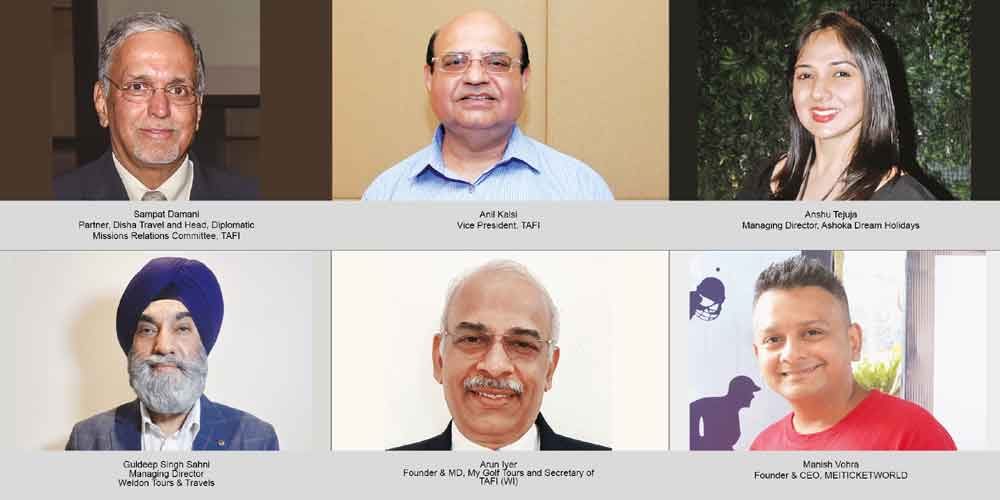Tapan Kumar Mishra, National Tourism Awardee for Best Tourist Guide (Odisha), discusses the plight of tourist guides across India who have no work since March 2020. He questions if the Ministry of Tourism is willing to lose the pool of expert tourist guides as collateral damage due to the pandemic?
Hazel Jain
Tourist guides are among the worst-hit in the tourism sector by this pandemic with museums, monuments and attractions completely closed. Corroborating this statement is Tapan Kumar Mishra, National Tourism Awardee for Best Tourist Guide (Odisha). He says, “Guides are employed seasonally and are not covered by any social security schemes of the government. They (regional-level tourist guides) are issued licences only after they agree with the Ministry’s condition of not doing any other job and now they have no other source of income. They are completely empty-handed since March 2020 and will have to starve. Tourist guides are not covered under any social security schemes, no unemployment allowance, no on-the-job life insurance – nothing.”
Mishra adds that while tourism was heading towards normalcy in the early weeks of December 2020, it lasted only for about three months. “Even though there was little movement of western tourists, there were a few domestic tourists who were on move and we were expecting more footfalls as lockdown opened up. But the government decided to close all tourist monuments. They were open in December 2020 for limited tourists but they closed them again from March 2021 onwards. Meanwhile the doors of Lord Jagannath Temple in Puri were wide open for pilgrims, even if they hardly hire tour guides. Why? When political rallies and Kumbh Mela were possible, why did the government think that tourist monuments would be hotspots?” he questions.
Guides changing professions
Another issue is the threat of de-licencing which is like the Sword of Damocles. Meanwhile, many tour guides have changed their profession and are venturing into F&B, agriculture, and even driving taxis.“We have received no help either from the Central Government or from state governments except one or two. Many experienced tour guides are on the verge of changing their profession. At this rate, the Ministry of Tourism will lose a pool of experts unless we are provided a retention fee of atleast `20,000 per month, depending on the work experience,” Mishra adds.
He feels that tour guides are the backbone of the tourism industry and they need to be supported either by retention fee, collateral-free loan or through PMEGP Scheme. “Mere words won’t help them unless it is supported by financial means,” Mishra insists.
There are various types of guides at the government level – Regional Level Guides (trained and licenced by the Ministry of Tourism), State Level Guides (trained and licenced by different state governments), Monument Guides deployed at certain monuments (trained and licenced by Archaeological Survey of India), Forest or Nature Guides (trained and licenced by Forest Department of different state governments).There are approximately 3,200 Regional Level Guides working for five Zones (North, South, East, West, and North-East of India) and 12,000 guides in total, including State Guides, Monuments Guides of ASI and Forest or Nature Guides.
Mishra also points out that normally licences of Regional Level Guides certified by the Ministry of Tourism, are renewed for three years but since the last two years, it is being renewed only for six months forcing them indirectly to go for ‘Tourist Facilitator Course’ to retain their licence. “This is a demotion for them to ‘Tourist Facilitators’ from the globally-accepted ‘Tourist Guides’. It’s like forcing a civil engineer with vast professional experience to act as a Civil Contractor,” he says.
 TravTalk India Online Magazine
TravTalk India Online Magazine





